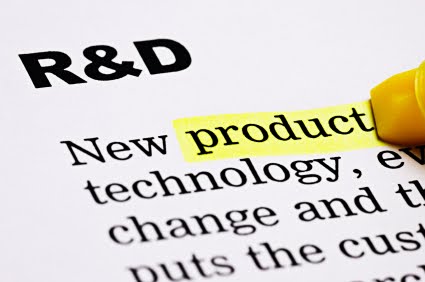Income Tax
The Research Tax Credit Is Back And Better Than Ever
In the new tax law signed at the end of the last year – the Protecting Americans from Tax Hikes (PATH) Act – the credit is extended retroactive to January 1, 2015 and made permanent, with several notable enhancements.
Jan. 06, 2016

[The new “extenders law” enacted late in 2015 retains several key tax provisions and makes them permanent with certain modifications. This is the second part of a series of articles on these tax breaks.]
It’s become a ritual around the holiday season: Congress extends the research credit for one or two more years, sometimes retroactively. And then we have to wait for Congress to act again after the credit technically expires.
But this song-and-dance is finally over. In the new tax law signed at the end of the last year – the Protecting Americans from Tax Hikes (PATH) Act – the credit is extended retroactive to January 1, 2015 and made permanent, with several notable enhancements.
Generally, the research credit is equal to 20 percent of the amount of qualified research expenses for the year above a base amount. The base amount is a fixed-base percentage — not to exceed 16 percent — of average annual receipts for the four years prior to the year of claiming the credit. It can’t amount to less than 50 percent of the annual qualified research expenses. Therefore, the minimum credit equals 10 percent of qualified research expenses (50 percent x 20 percent credit).
In addition, for tax years beginning after 2015, a small business may claim the credit against its alternative minimum tax (AMT) liability. For this purpose, a “small business” is one with less than $5 million of gross receipts. Also, a start-up company may annually claim up to $250,000 of the credit against its FICA tax liability.
To qualify for the research credit, the following requirements must be met:
- The expense must qualify as a “research and experimentation expenditure” under Section 174 of the tax code. Such expenses include in-house wages and supplies attributable to qualified research; certain time-sharing costs for computer use in qualified research; and 65 percent of contract research expenses (i.e., amounts paid to outside contractors in the U.S. for conducting qualified research).
- The expense must relate to research undertaken for the purpose of discovering information that is technological in nature and the application of which is intended to be useful in developing a new or improved business component.
- Substantially all of the activities of the research constitute elements of a process of experimentation that relates to a new or improved function, performance, reliability or quality.
Note that any Section 174 deduction must be reduced accordingly if you claim the research credit for the same expenses.
The research credit can be a valuable tax incentive for many of your clients in competitive industries. It has been embraced by firms of all sizes, so don’t discount the benefits for smaller business owners.
